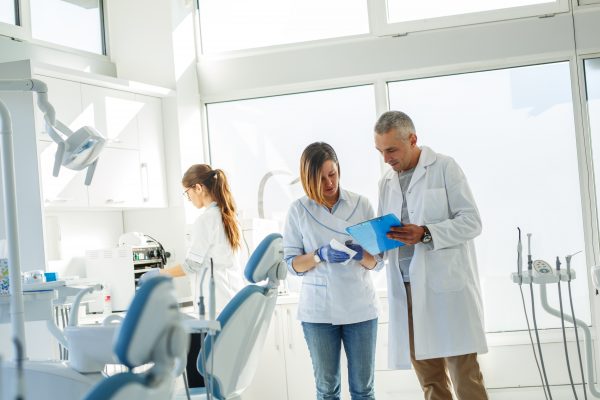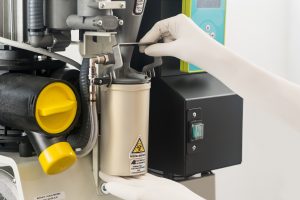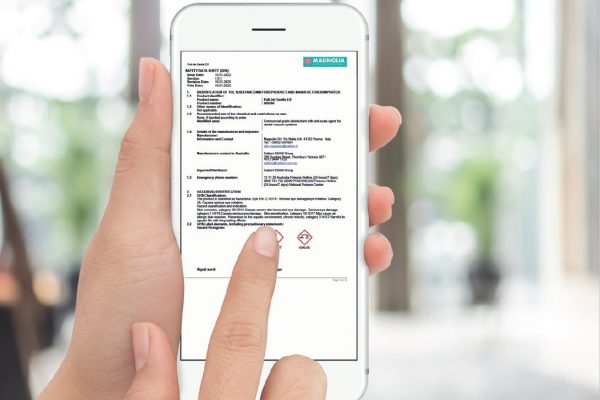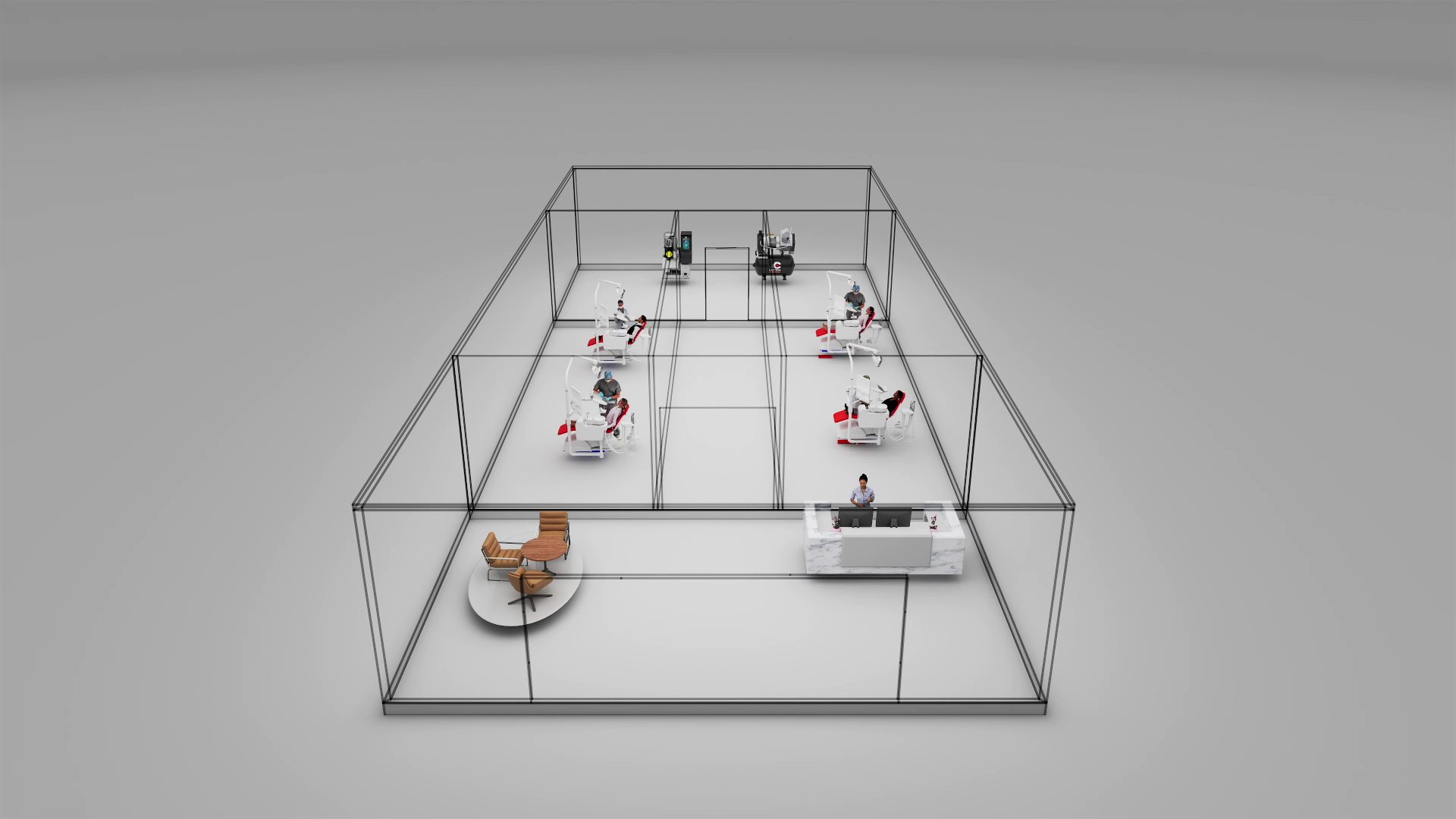Three steps for dental suction system infection prevention and control

Infection prevention and control practices are ultimately about health and safety. Those who operate in the dental health workspace are not only responsible for providing a safe environment where dental health care is being delivered, but also for mitigating the risks of infection for everyone who uses or supports the operation of dental suction systems.
The three key steps to help achieve this:
1. ASSESS
2. SELECT
3. EDUCATE
1. ASSESS the potential infection risk of all individuals associated with the dental suction system and suction lines.

Risk factors for infection are often considered when it comes to clinical intervention and the clinical setting in which infection control processes are performed daily. Therefore, patients and staff members that operate within this area are generally front of mind when it comes to infection prevention and control for dental suction systems.
It is also important to consider all the other individuals that may come in contact with the system, which includes, for example, anyone that may enter the plant room. Keep in mind that suction systems within the plant room will undergo annual routine maintenance as well as irregular maintenance, including the collection of amalgam retention containers for recycling purposes.

Infection prevention and control considerations:
- Patients
- Staff who use the suction system
- Contractors who perform system maintenance on your plant room equipment
- Amalgam recycling contractors
2. SELECT the right dental suction system disinfectant and approved products to meet your dental practice infection prevention and control requirements.

There are many products available on the market that have different processes and advantages. This ranges from cleaning, deodorising, and sanitising through to disinfection. One of the most crucial decisions for the infection control team to consider is whether to use a disinfectant or a cleaner.
To help make an informed decision, useful resources can be found on the Therapeutic Goods Administration (TGA) website to clarify the important difference between a disinfectant and a cleaner from a regulatory and product class viewpoint (refer to our useful resources section below). A dental suction system is a medical device, and as such, only TGA-included medical device disinfectants should be used.¹

Product selection considerations:
Read the suction system operation and installation guide – For information on maintenance and suitable products, read the guides for the dental suction system to ensure you get the maximum lifespan out of the system and ensure optimal suction performance.
Understand the disinfectant delivery method – Certain dental suction system disinfectants require specifically engineered delivery solutions to regulate the flow of the disinfectant throughout the system. These delivery systems ensure its effective distribution to help maximise the coverage and exposure time of the disinfectant on the biohazardous load.
3. EDUCATE and train your team on the correct application of the approved dental suction system disinfectant.

Education and training key considerations:
Review the overall disinfection process – Compliance is always a consideration when it comes to infection prevention and control. Streamline your process so that it is easy to follow, without the complexity of alternating solutions week to week or adjusting the dilution requirements. A straight forward process can help your staff ensure compliance in the workplace.
Follow the directions for use – Dilution errors or failing to allow the disinfectant sufficient time to act on the biohazardous load may allow promotion rather than elimination of the infection risk you are trying to control.
Always download the Safety Data Sheet (SDS) – The SDS of your chosen disinfectant provides useful information on the safe use of the product and any specific personal protection requirements. It also contains other highly relevant data. For example, section 12 usually covers environmental information, and section 11 the toxicological data.
Know about manufacturer resources – Manufacturers of dental disinfectants are also a great resource for education on their products, including online training programs, lunch-and learn events, as well as general advice on the use of their products.
ASSESS, SELECT, AND EDUCATE
1. ASSESS the potential infection risk of all individuals associated with the dental suction system and suction lines
2. SELECT the right dental suction system disinfectant and approved products to meet your dental practice infection prevention and control requirements
3. EDUCATE and train your team on the correct application of the approved dental suction system disinfectant
Useful Resources:
There are many resources for education on infection control guidelines as well as useful information on differentiating disinfectants from cleaners. Having accurate information from the start will assist your team in selecting the most appropriate product to meet your dental practice’s infection prevention and control requirements.
Please note that this is not a definitive list and other great resources are available.
- Australian Guidelines for the Prevention and Control of Infection in Healthcare (2019) | National Health and Medical Research Council
- Australian Dental Association Guidelines for Infection Prevention and Control in Dentistry (February 2020 | 4th Edition)
- Australian Register of Therapeutic Goods (ARTG) – A register of therapeutic products that can be lawfully supplied in Australia
- Australian and New Zealand Standards AS/NZS 4815:2006 – Office-based health care facilities- Reprocessing of reusable medical and surgical instruments and equipment, and maintenance of the associated environment.
- Australian and New Zealand Standards AS/NZS 4187:2014 – Cleaning, disinfecting and sterilising reusable medical and surgical instruments and equipment, and maintenance of associated environments in health care facilities.
- Hand Hygiene Australia Manual July 2019
References:
- Australian Guidelines for the Prevention and Control of Infection in Healthcare (2019). National Health and Medical Research Council.
Viewed 30/3/22. https://www.nhmrc.gov.au/aboutus/publications/australian-guidelines-preventionand-control-infection-healthcare-2019#blockviews-block-fi le-attachments-content-block-1
The information contained in this publication is not exhaustive and is provided for educational purposes only. This guide is not intended to be a substitute for professional advice. Always review current industry guidelines to ensure you are meeting the most up-to-date standards.
 Daily Suction System Maintenance Guide for your sterile room.
Daily Suction System Maintenance Guide for your sterile room.
OTHER STORIES





